The Device Layer: Why It's A Crucial Layer
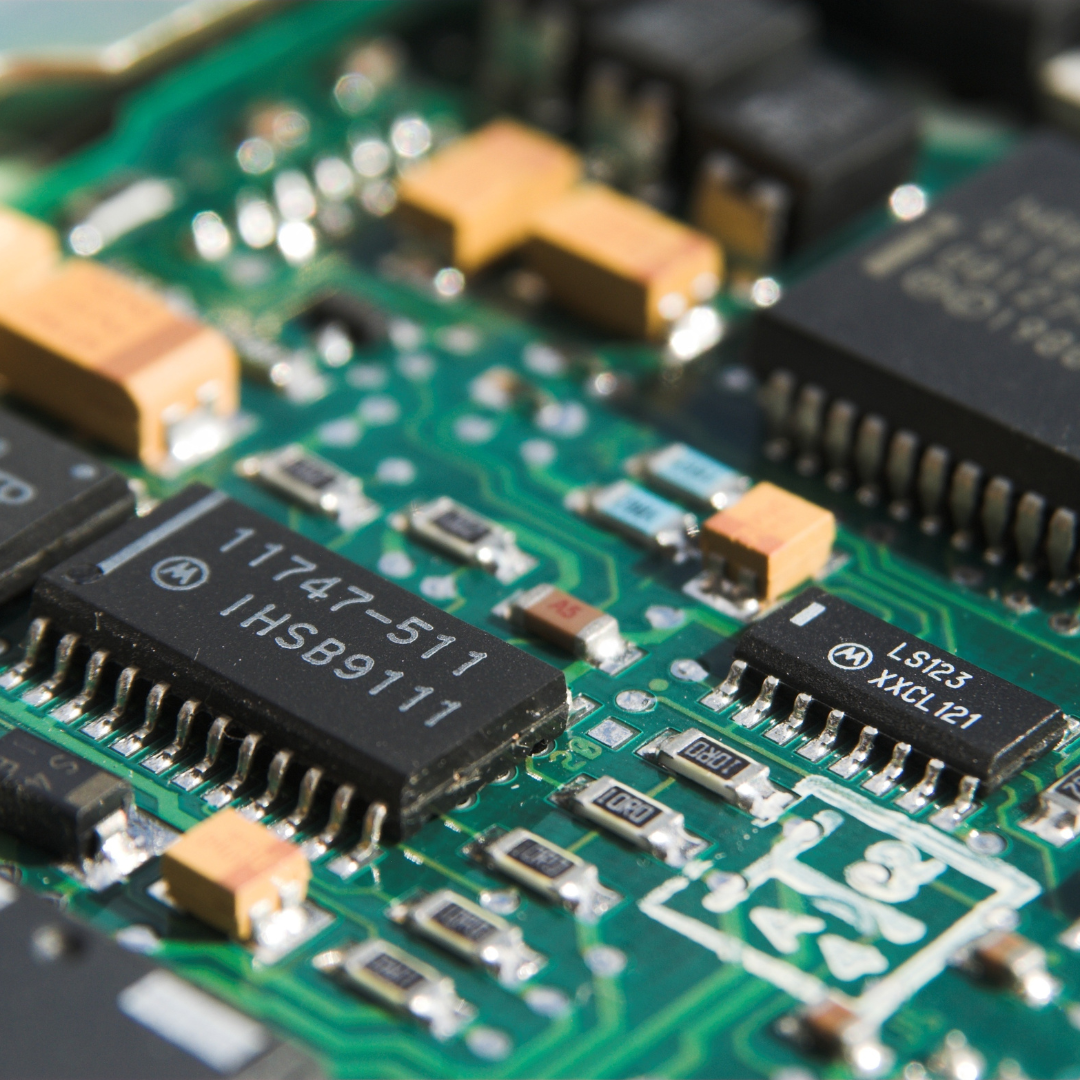
Think of the human body. It can do many things like digesting food, building things, and my personal favorite, making dry jokes. But it can't do any of these things without the respective organs, like limbs, digestive organs, and a brain(even though some people choose not to use it). Similarly, for IoT to function, we need hardware; the devices that collect data or perform certain actions. We have discussed how the device layer consists of sensors and actuators. These devices fall under the subclass, device hardware layer. However, for IoT to work, the hardware must follow some rules/logic. These 'rules' form the device software layer. Let's discuss these 2 sublayers
1. DEVICE HARDWARE LAYER
As we have previously discussed, it mainly consists of sensors and actuators. There are however other hardware parts that deal with the transmission and processing of data such as chips and embedded computers. The choice of hardware is very important since that determines what data the IoT system will process, especially in the case of sensors. Therefore, the choice of sensors is determined by the purpose of the IoT system. One may ask, "Why use sensors and not other devices that do the same thing?" This is because sensors have a low error margin and are more sensitive eg an electronic thermometer vs a mercury thermometer. Also, sensors tend to be smaller hence are suitable for compact designs and are less affected by external factors.
For actuators, they are meant to make work easier. Picture a smart house. The temperature sensor detects it's 30°C and instead of turning on the air conditioning or fan automatically, you have to manually come and turn the fan. It will defeat the purpose of the whole system. Also, they can be used to notify the user of potential problems; like the beeping sound of the token meter when you are showering. It informs you that you are about to have an undesired cold shower.
These sensors and actuators are usually controlled by chips in very small devices, or embedded computers in slightly larger devices. Examples of common embedded computers are Arduino, Raspberry Pi, Banana Pi, and other fruit-based system names. These embedded computers run the logic for processing the data and determine what to do with it.
2. DEVICE SOFTWARE LAYER
This is the brain of the system. It tells the actuators what to do depending on the data from the sensors. It also allows for communication and internet connection. It does this through the use of algorithms written in a programming language. These algorithms are translated into machine language to control the hardware. There is therefore a need to use an operating system(OS) to manage the hardware and software. These operating systems include Linux-based OS like Raspian OS and Ubuntu Snappy. There is also Windows IoT OS for those who enjoy always looking at a blue screen.













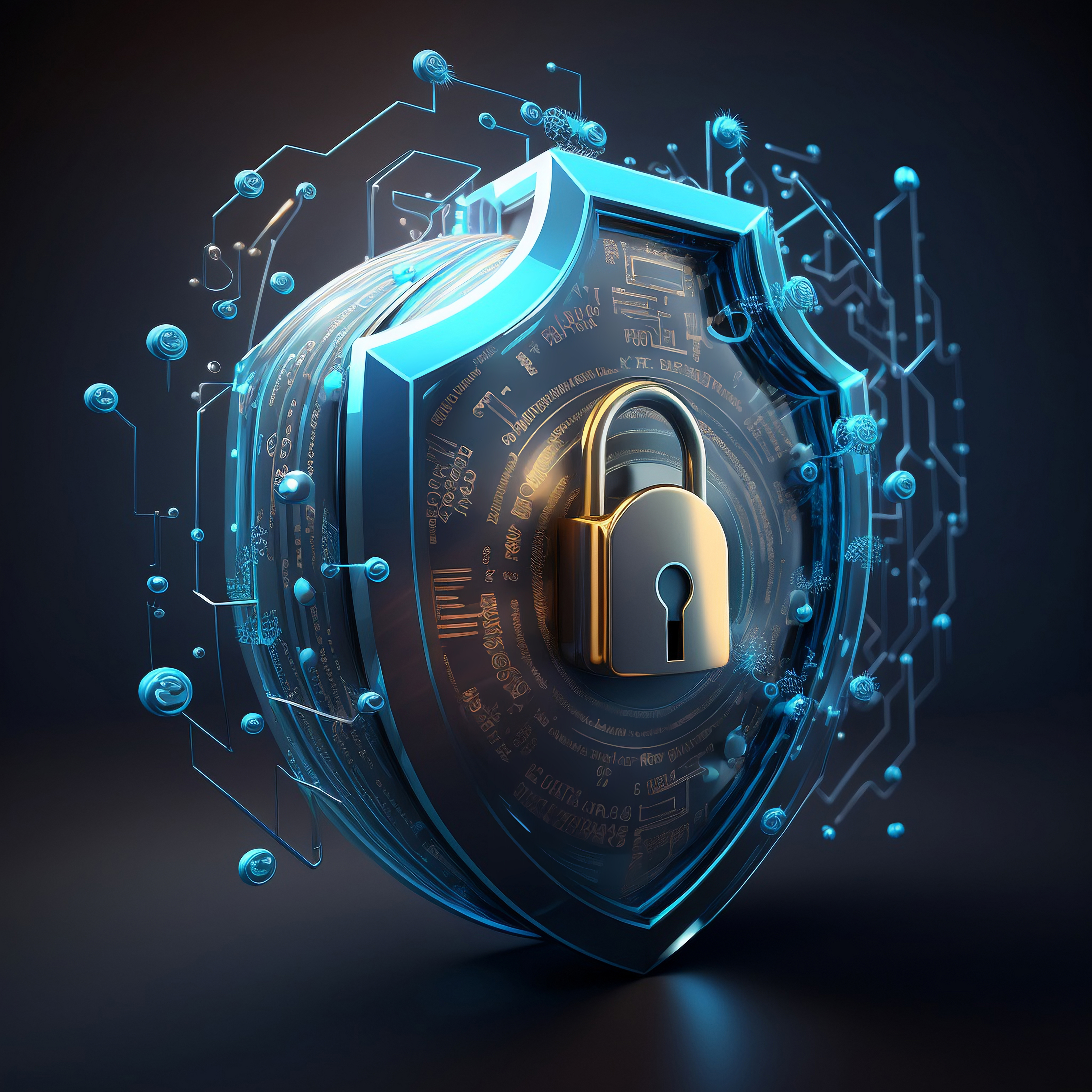
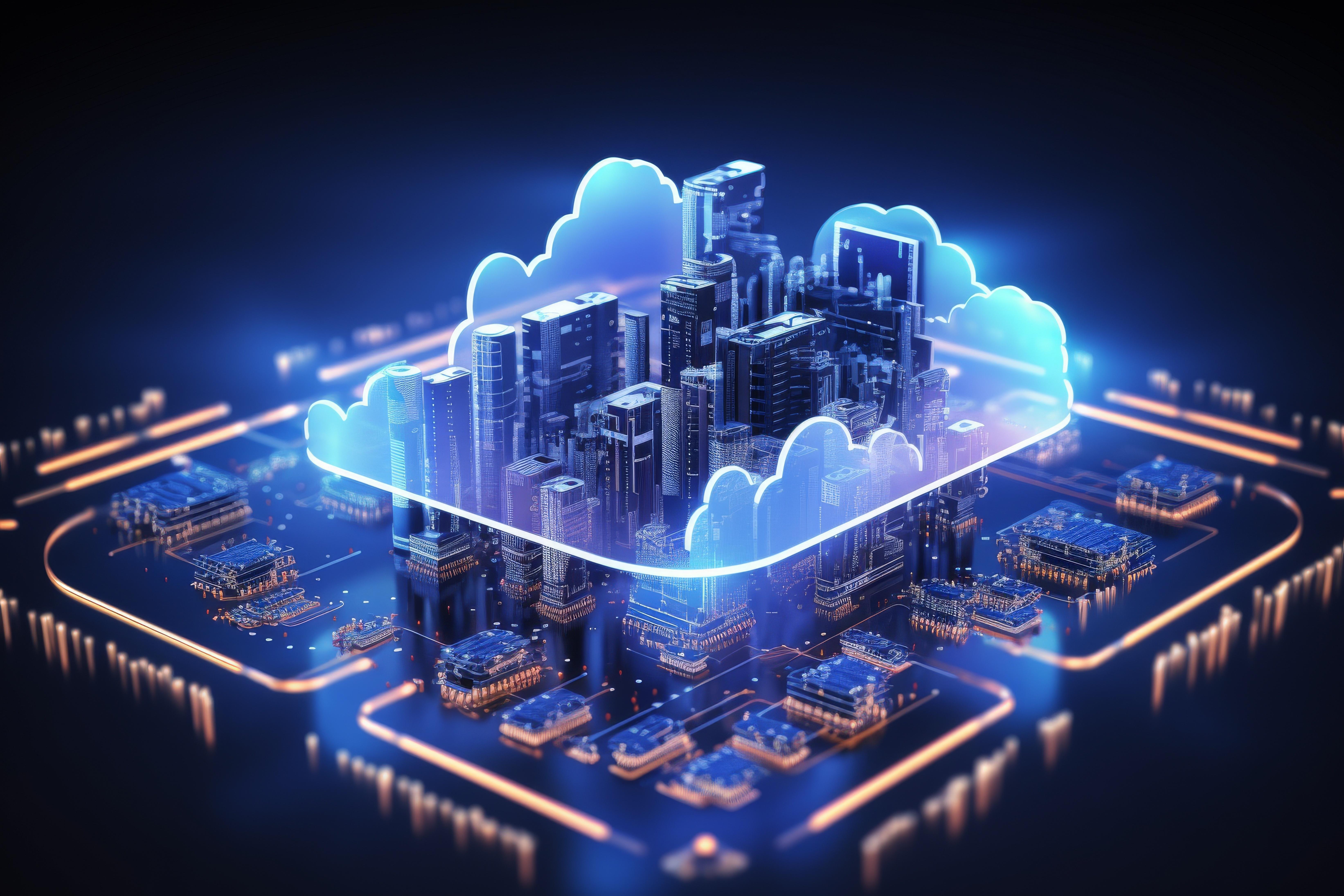
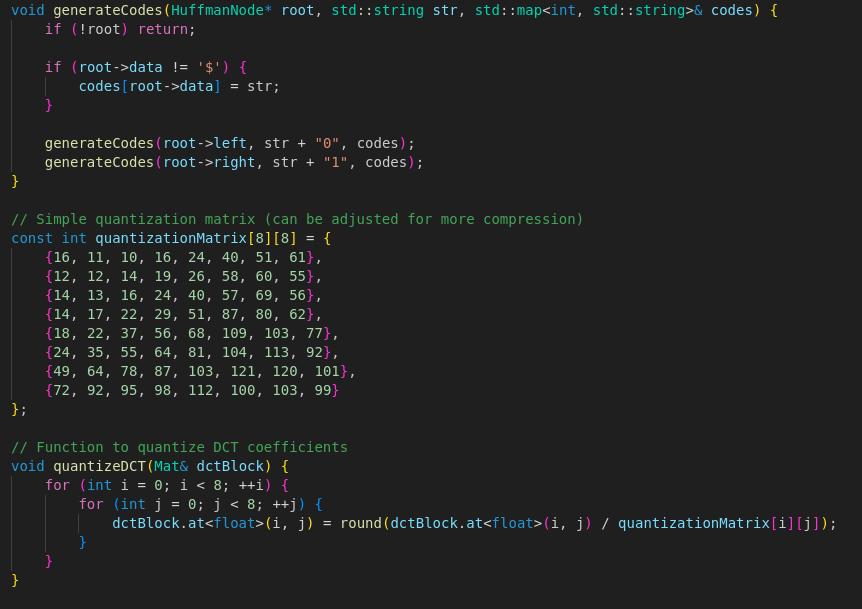

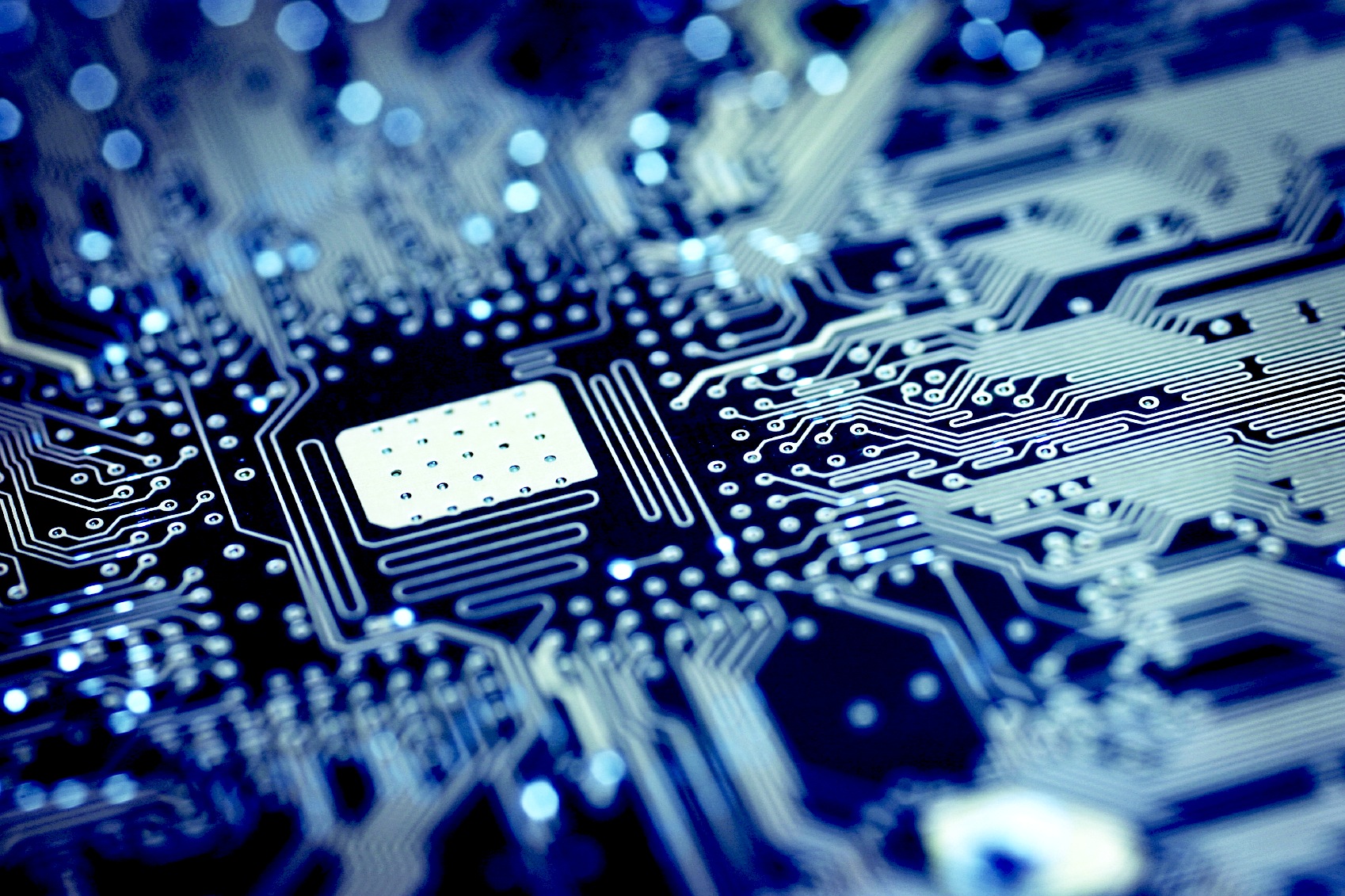
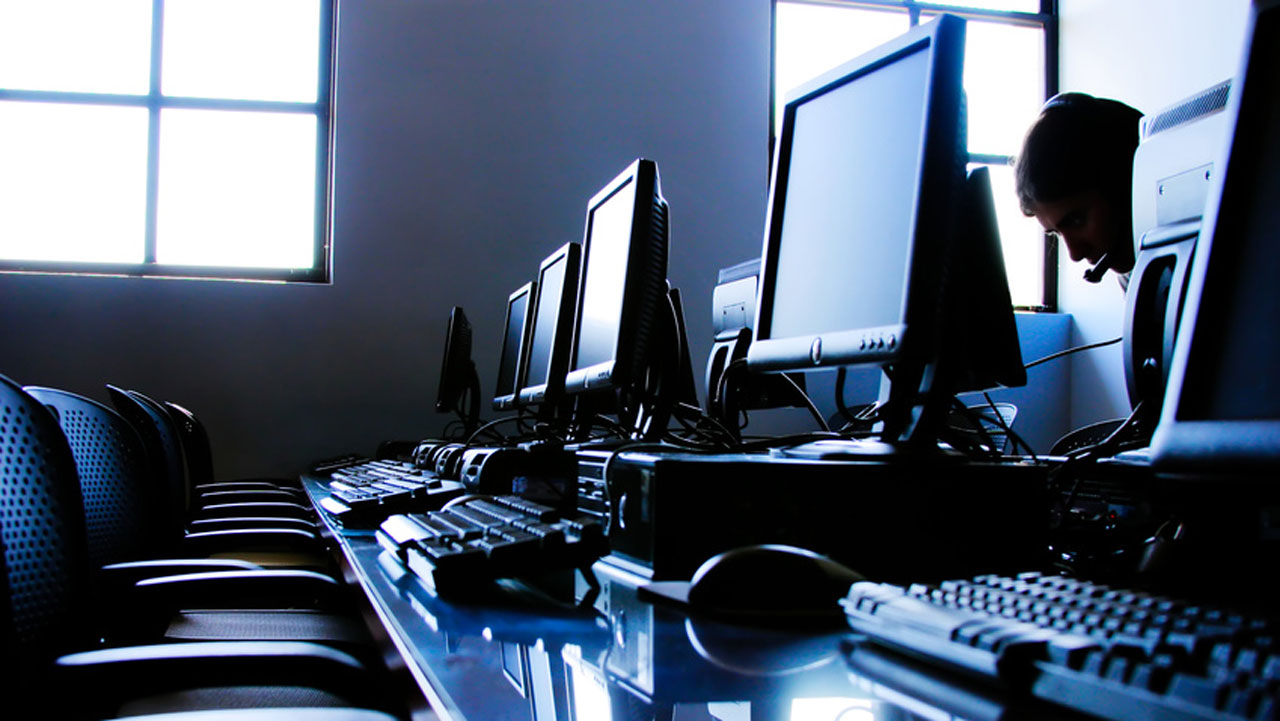

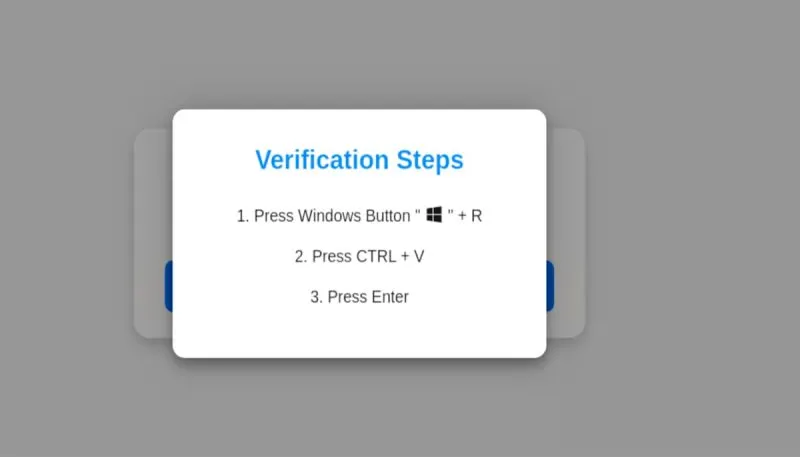
Comments
Informative